The Weight of the Debate: Unpacking New Trucking Legislation
The rumble of a truck engine is a familiar sound across America’s highways, a testament to the vital role the trucking industry plays in our everyday lives. Amid the steady rhythm of commerce and transportation, a current debate is sending shockwaves through the industry: how heavy should our trucks be? This issue, while technical, affects us all, from safety on our roads to the efficiency of goods delivery. Let’s explore the heart of this controversy. Efficiency Versus Opposition With the rise in eCommerce and an ever-increasing demand for swift delivery, several bills aimed at increasing the maximum weight of trucks in the US are now on the journey towards the House of Representatives. These bills seek to maximize trucking efficiency, but they face stiff opposition. Key dissenters include the Owner-Operator Independent Drivers Association (OOIDA), standing alongside various other groups, voicing strong disapproval for legislation that could potentially amplify the weight or length limits of trucks. Safety First Despite resistance, the House Transportation and Infrastructure Committee approved H.R. 3372. This bill suggests a 10-year pilot program allowing specific six-axle trucks to bear gross weights of up to 91,000 pounds, subject to bridge formulas. According to the U.S. Department of Transportation, heavier trucks could pose a risk to road infrastructure and safety – a factor that lawmakers need to consider alongside efficiency gains. State Sovereignty and Differing Perspectives Dave Williams, a notable figure in the Truckload Carriers Association, has already given a voice to industry concerns regarding the potential impact of heavier trucks on highway safety and infrastructure. Major industry unions echo these apprehensions, underscoring fears that increased weight limits may jeopardize both road users and infrastructure. Striking the Right Balance We’re seeing a balancing act in action with bills like the Carrying Automobiles Responsibly and Safely (CARS) Act (HR 2948) and the Dry Bulk Weight Tolerance Act. The CARS Act would offer a 10% weight tolerance for transporters moving heavier hybrid and electric cars. This allowance reduces the need for multiple trips without exceeding federal bridge weight limits. Despite this progressive push towards efficiency, concerns persist regarding the potential impact on our roads. Peering into the Future Further down the legislative pipeline, we see H.R. 3447, advocating a 2,000-pound weight exemption for hydrogen-powered vehicles. This proposal mirrors existing exemptions for battery-electric and natural gas-powered heavy-duty trucks, showing an industry preparing for a greener future. These bills are attempts to improve transport efficiency, but they ignite controversy, highlighting the challenge of balancing safety, efficiency, and infrastructure impact. The debate surrounding truck weight legislation is unlikely to reach a full stop anytime soon. As we gear up for further discussions, it’s crucial for industry stakeholders, legislators, and safety advocates to stay informed and make their voices heard. Before You Hit The Road… As the U.S. House of Representatives gears up to weigh these bills, it’s clear that any legislation concerning truck weight is a significant issue, with far-reaching implications for us all. Will we see a greener, more efficient future, or will safety concerns put the brakes on these new bills? Stay tuned for our next blog post, where we will take a closer look at the potential environmental implications of these legislative changes. If you made it to this part of the article, we’d just like to take a moment to thank you for taking the time to read this weekly recap. Be safe out there and as always, If you’re in search of CDL A, B, or warehouse positions, check out our open positions. And if you need staffing solutions for commercial driving or industrial positions, be sure to explore our offerings.

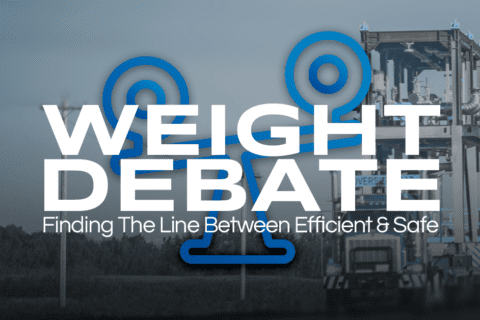

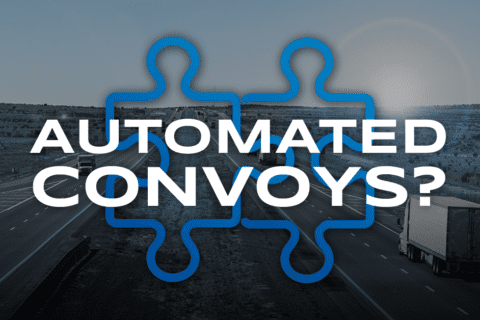
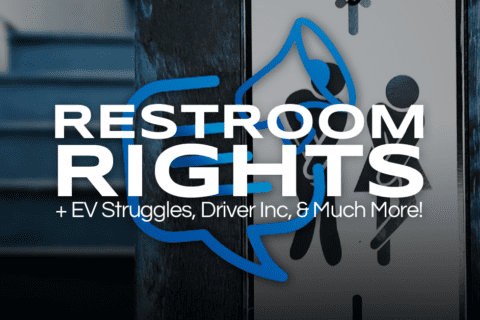
 Read the full article here 2. Driver Inc: A Deep Dive into the Controversy Canadian officials representing the trucking industry have called for an end to the Driver Inc. business model, alleging that it’s an unethical tax avoidance scheme. The Driver Inc. model reportedly encourages truck drivers, who don’t own a truck, to register as corporations and sell their services to trucking firms. Industry leaders argue that this model is exploited by some companies to misclassify their workers, thereby skirting tax and withholding obligations. The Underlying Concerns with Driver Inc. Proponents of trucking and logistics standards are urging Canada’s Labour Program and Canada Revenue Agency to increase enforcement actions against the Driver Inc. model. Critics assert that this model provides certain carriers with an unfair advantage, while taking advantage of vulnerable workers. They state that drivers operating under the Driver Inc. model are unable to claim employment benefits like overtime pay, vacation pay, severance pay, paid sick days, and more, which are typically provided under labor legislation. The Urgent Plea for Regulatory Intervention The calls for stricter enforcement and regulation regarding the Driver Inc. model has been an ongoing effort for years. However, despite these voices, the rise of Driver Inc. has continued on, with a reported increase of 17% between 2018 and 2021. The Canadian government’s attempted efforts to curb the use of Driver Inc., including the introduction of amendments to the labor code and proposed funding to combat the practice, have proved ineffective and have lead industry officials to argue that stronger measures are needed. The Financial Impact of the Driver Inc. Model The estimates of tax money lost are no laughing matter, with one official estimate stating that the Driver Inc. model is currently costing the government as much as $1 billion annually in lost tax revenue. Critics assert this is funding that could be otherwise utilized to enhance infrastructure and social safety nets, rather than continuing to benefit dishonest businesses. As of yet, In response to these allegations, the Labour Program and the Canada Revenue Agency have made no comment.
Read the full article here 2. Driver Inc: A Deep Dive into the Controversy Canadian officials representing the trucking industry have called for an end to the Driver Inc. business model, alleging that it’s an unethical tax avoidance scheme. The Driver Inc. model reportedly encourages truck drivers, who don’t own a truck, to register as corporations and sell their services to trucking firms. Industry leaders argue that this model is exploited by some companies to misclassify their workers, thereby skirting tax and withholding obligations. The Underlying Concerns with Driver Inc. Proponents of trucking and logistics standards are urging Canada’s Labour Program and Canada Revenue Agency to increase enforcement actions against the Driver Inc. model. Critics assert that this model provides certain carriers with an unfair advantage, while taking advantage of vulnerable workers. They state that drivers operating under the Driver Inc. model are unable to claim employment benefits like overtime pay, vacation pay, severance pay, paid sick days, and more, which are typically provided under labor legislation. The Urgent Plea for Regulatory Intervention The calls for stricter enforcement and regulation regarding the Driver Inc. model has been an ongoing effort for years. However, despite these voices, the rise of Driver Inc. has continued on, with a reported increase of 17% between 2018 and 2021. The Canadian government’s attempted efforts to curb the use of Driver Inc., including the introduction of amendments to the labor code and proposed funding to combat the practice, have proved ineffective and have lead industry officials to argue that stronger measures are needed. The Financial Impact of the Driver Inc. Model The estimates of tax money lost are no laughing matter, with one official estimate stating that the Driver Inc. model is currently costing the government as much as $1 billion annually in lost tax revenue. Critics assert this is funding that could be otherwise utilized to enhance infrastructure and social safety nets, rather than continuing to benefit dishonest businesses. As of yet, In response to these allegations, the Labour Program and the Canada Revenue Agency have made no comment. 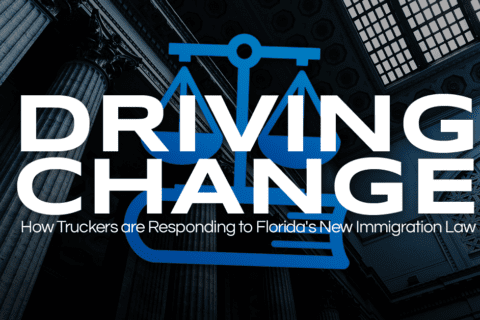
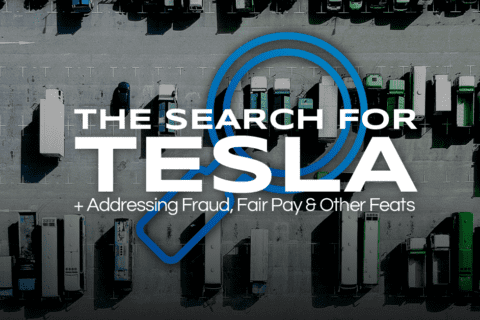

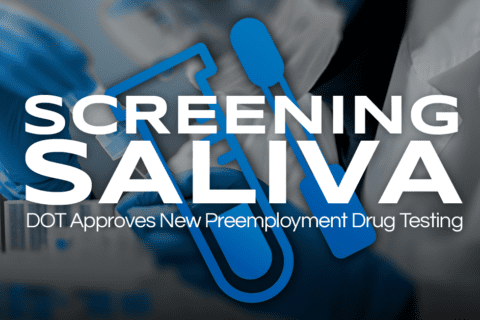
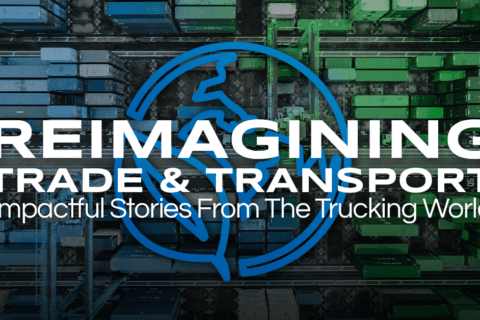

Recent Comments